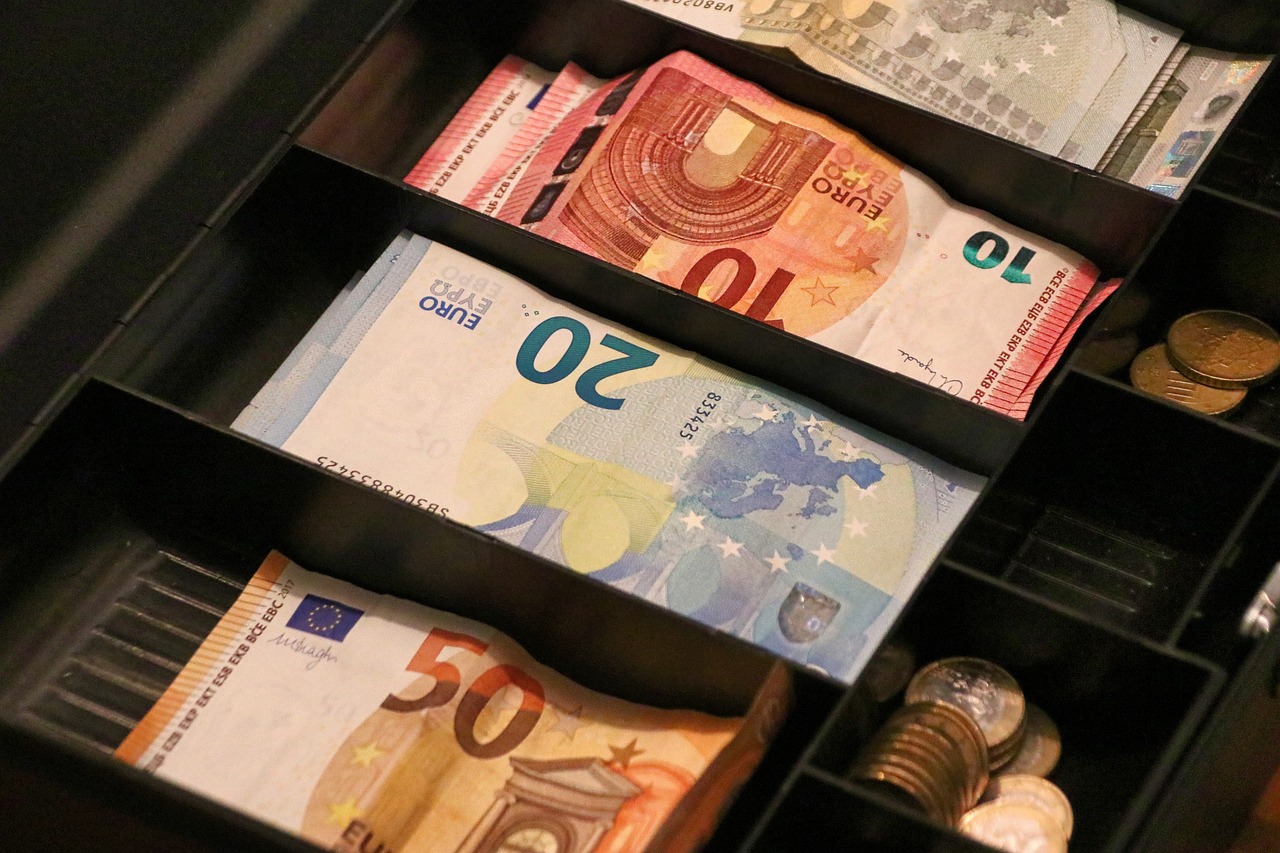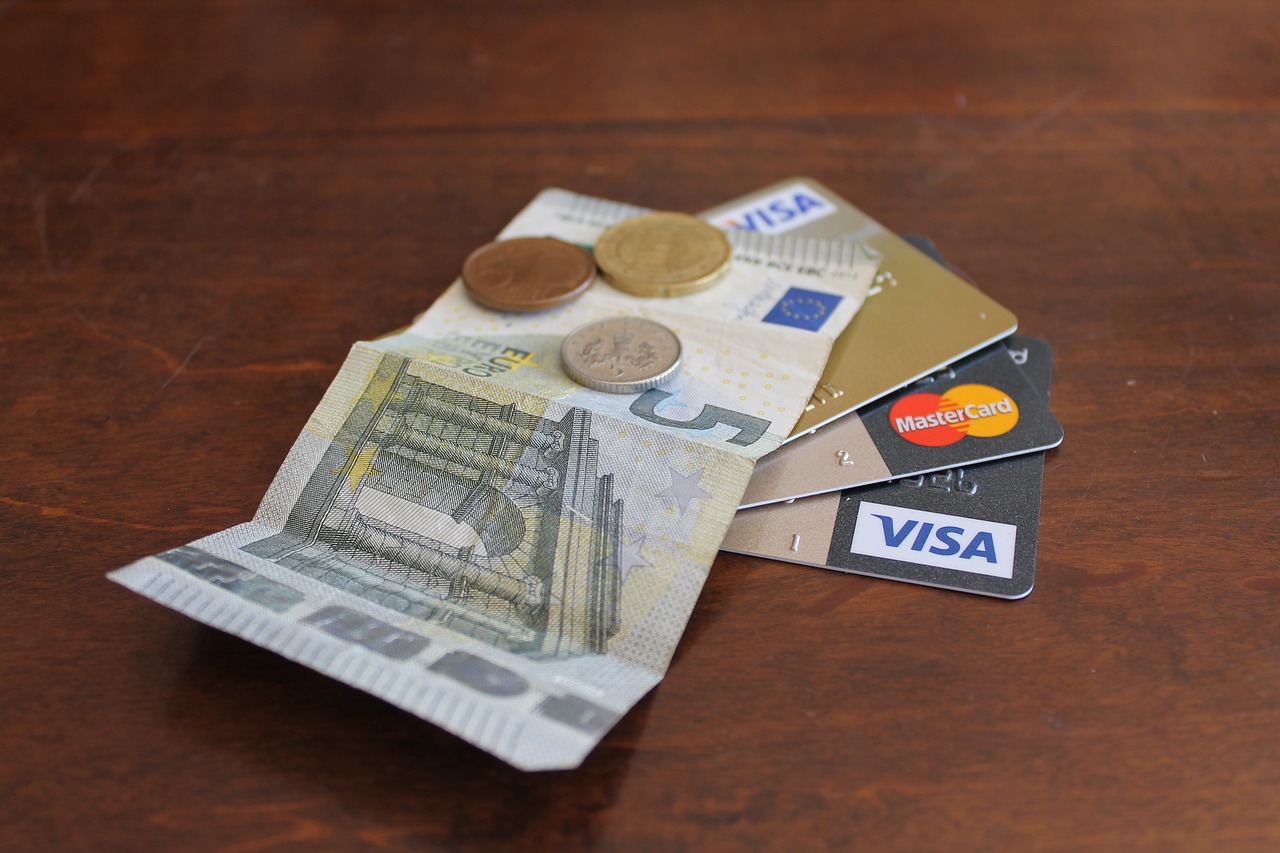Essential Insights on Bank Transfers: Tracking, Security, International Payments, ACH vs Wire Transfers, Tax Implications, and Addressing Payment Issues
GPT_Global - 2025-08-22 01:30:03.0 189
Is there a way to track a bank transfer after it’s been completed?
When sending money through a bank transfer, it’s natural to wonder whether there is a way to track the transaction once it has been completed. The good news is, there are methods available for tracking these transfers, depending on the type of transaction and the service provider.
For wire transfers, most banks provide a tracking number (such as a SWIFT reference number) that allows you to trace the progress of the transfer. You can contact your bank and provide this number to inquire about the status of the transfer. In many cases, the recipient's bank will also have the tracking information to confirm receipt of the funds.
Similarly, some remittance services offer real-time tracking for international money transfers. If you're using a money transfer service, you can usually track the transaction through their website or mobile app. These services often send notifications at each stage of the transfer, ensuring you stay updated.
While tracking completed transfers may not always be possible in real-time, using the appropriate tracking tools can offer peace of mind throughout the process. Always keep the transaction details handy for quick reference in case you need to follow up.

What countries allow direct bank payments internationally?
When sending money internationally, understanding the available payment options is crucial for smooth remittance services. One of the most efficient ways to transfer funds across borders is through direct bank payments. Several countries allow seamless direct bank payments, making it easier for businesses and individuals to send money abroad without relying on third-party platforms.
Countries like the United States, the United Kingdom, Australia, Canada, and many EU nations support direct bank transfers for international remittance. These countries have established secure banking infrastructures and networks, ensuring that money reaches its destination quickly and safely. Additionally, countries in Asia, such as Japan, Singapore, and South Korea, also offer direct bank payment systems that facilitate cross-border transactions.
Direct bank payments are advantageous because they tend to be cost-effective compared to other payment methods, offering lower fees and competitive exchange rates. They also provide a high level of security, reducing the risk of fraud. As the global economy continues to grow, more countries are likely to adopt direct bank payments, simplifying international remittances for everyone.
How can I ensure the bank transfer is completed securely?
```htmlWhen sending money through bank transfer, ensuring the transaction is secure is essential. As a remittance business, we prioritize security to give our customers peace of mind. Here are some steps you can take to ensure the safety of your bank transfers.
First, always verify the recipient’s details before completing the transfer. Double-check their name, bank account number, and other necessary information. This helps prevent errors and fraud. Additionally, use trusted and established banks for your transfers, as they employ advanced security measures like encryption and fraud detection systems.
Secondly, enable two-factor authentication (2FA) on your bank account. This extra layer of security adds a significant barrier to unauthorized access, keeping your funds safe. If you’re transferring money internationally, make sure the remittance service you’re using complies with global anti-money laundering (AML) and know-your-customer (KYC) regulations.
Finally, keep your personal and banking details private. Avoid sharing sensitive information over unsecured networks or platforms. By staying vigilant and using secure services, you can ensure your bank transfers are both safe and seamless.
```What is the difference between an ACH transfer and a wire transfer to someone's bank account?
When it comes to sending money, two common methods are ACH transfers and wire transfers. Understanding the difference between these two can help you choose the best option for your remittance needs.
ACH (Automated Clearing House) transfers are typically used for direct deposits, bill payments, or other recurring transactions. They are processed in batches, meaning they take longer to complete, usually 1-3 business days. ACH transfers are also generally less expensive or even free, making them an attractive option for sending smaller amounts.
On the other hand, wire transfers are processed individually and can be completed within hours, even on the same day. This speed makes wire transfers ideal for urgent or high-value transactions. However, wire transfers usually come with higher fees compared to ACH transfers, especially for international transfers.
In summary, while ACH transfers are slower and cost-effective, wire transfers offer quick processing for larger, more urgent transactions. The choice between the two depends on your priorities—whether it’s cost, speed, or the transaction size.
Are there any tax implications when paying someone directly to their bank account?
Sure! Here’s a concise SEO-optimized article within your requested length: ---When sending money abroad, many people wonder about the tax implications of paying someone directly into their bank account. Understanding how regulations apply can help both the sender and receiver avoid unnecessary issues.
In most cases, small personal remittances, such as family support or personal gifts, are not subject to tax. However, large transfers may attract attention from financial authorities, especially if the amounts exceed reporting thresholds in the sender’s or receiver’s country. Banks are required to report suspicious or unusually high transactions to comply with anti-money laundering laws.
For business-related payments, taxes may apply depending on local regulations. Some countries may consider direct bank transfers as income, which means the receiver could be liable to declare it. It’s also important to keep proper documentation, as tax authorities may request proof of the source and purpose of funds.
To ensure smooth and compliant transactions, always use licensed remittance providers who follow international tax and compliance rules. This not only safeguards your money but also helps avoid unexpected tax consequences. If unsure, consulting a tax advisor can provide clarity for cross-border bank payments.
Can I make a direct payment to someone’s bank account using their email address?
In today's digital world, sending money quickly and securely is more convenient than ever. Many remittance services allow you to send funds directly to someone's bank account, but you may be wondering, "Can I make a direct payment to someone’s bank account using their email address?"
While some online payment systems like PayPal allow you to send money via an email address, this is not typically the case with bank transfers. For a direct payment to a bank account, you'll usually need the recipient's bank account number, routing number, or other specific banking details. However, certain remittance services may link email addresses to accounts, offering a simplified way to transfer money.
If you're using a service that supports email-to-bank transfers, you can easily send money without needing the recipient’s bank details. It's essential to ensure the service you use offers secure transactions to protect both parties involved in the remittance process.
In summary, while you generally cannot make a direct bank transfer using just an email address, some remittance services do offer email-based transfers. Always check with your provider for the specific options available to you.
What should I do if the recipient doesn’t receive the payment in their bank account?
In the fast-paced world of remittance services, ensuring that the recipient receives the payment promptly is essential. However, there may be instances when the recipient doesn't receive the funds in their bank account as expected. If this happens, it's crucial to take the right steps to resolve the issue.
The first thing to do is to check the payment status on your remittance provider's platform. Most services provide real-time tracking, which can help determine if the transaction has been processed. If the payment is confirmed, but the recipient hasn’t received it, it's worth contacting their bank for any potential delays or errors.
If the payment is still in transit or pending, reach out to the remittance provider’s customer support team. They can assist in identifying any issues and ensure that the payment reaches the recipient as soon as possible. Always provide transaction details, such as the reference number, to expedite the process.
In rare cases, the issue may stem from incorrect banking information. Double-checking the recipient's account details before initiating the transaction can help prevent such errors in the future.
With these steps, you can resolve payment issues efficiently and ensure that remittances are received without delay.
About Panda Remit
Panda Remit is committed to providing global users with more convenient, safe, reliable, and affordable online cross-border remittance services。
International remittance services from more than 30 countries/regions around the world are now available: including Japan, Hong Kong, Europe, the United States, Australia, and other markets, and are recognized and trusted by millions of users around the world.
Visit Panda Remit Official Website or Download PandaRemit App, to learn more about remittance info.



